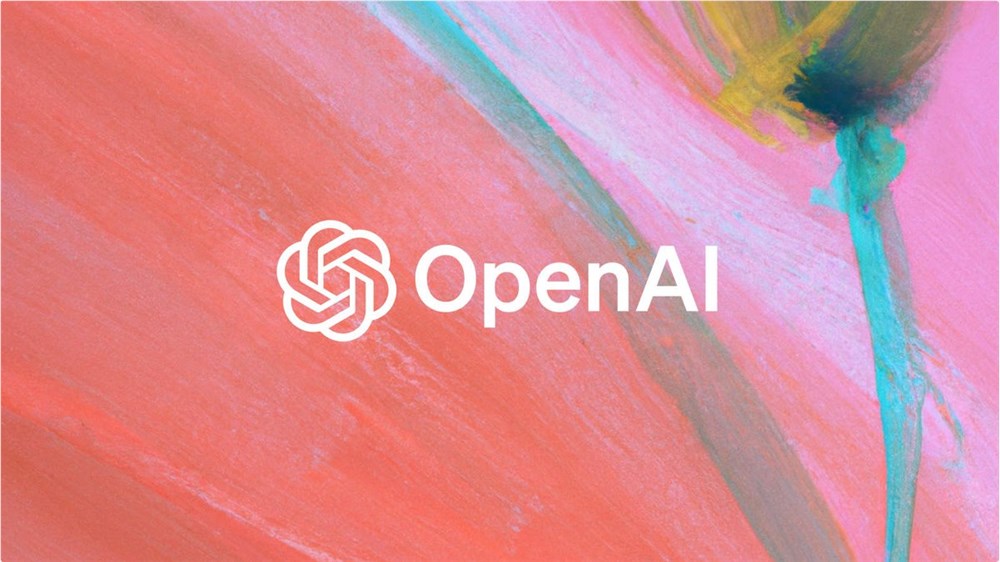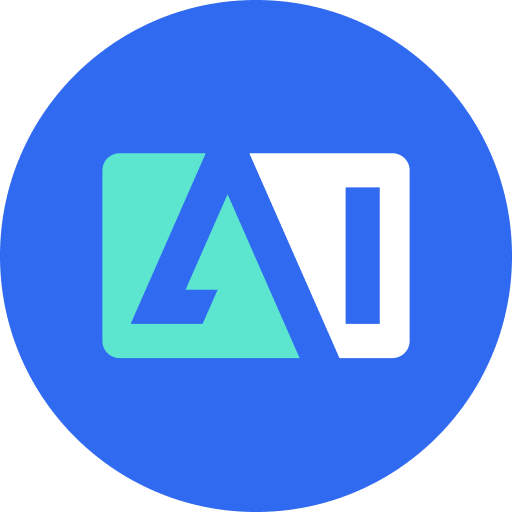Recently, OpenAI released an open-source customer service agent example to demonstrate to developers how to build intelligent, workflow-aware AI agents using the Agent SDK. This example project was published on the AI code-sharing platform Hugging Face under the MIT license, meaning any third-party developer or user can freely modify and use the code for commercial or experimental purposes.

This customer service agent example demonstrates how to route aviation-related requests to different specialized agents, such as seat reservations, flight status, cancellation requests, and frequently asked questions. Additionally, the example includes security and relevance protection measures to ensure safe system operation.
The release provides development teams with an opportunity to transition from theory to practical application, enabling them to confidently utilize these agent technologies. At the upcoming VentureBeat Transform2025 conference in San Francisco, OpenAI will detail real-world use cases of this enterprise-level agent architecture, including examples from companies like Stripe and Box.
The released code includes a Python backend and a Next.js frontend. The backend leverages OpenAI's Agent SDK to coordinate interactions between different specialized agents, while the frontend visualizes these interactions in real-time through a chat interface. For instance, when a customer requests a seat change, the分流agent identifies the request and routes it to the seat reservation agent, which then interacts with the customer to confirm. This example also showcases how protective measures work in practice, such as relevance protection preventing out-of-scope query requests to avoid system abuse.
Previously, OpenAI also released a 32-page manual titled "A Practical Guide to Building Agents," helping product and engineering teams design and deploy intelligent automation systems. The guide includes strategies for building single-agent systems and complex multi-agent architectures, introducing model selection, tool integration, instruction writing, protective measures, and human intervention as foundational components. It emphasizes the necessity of incrementally building agent complexity, aligning with the newly released example to showcase the clean coordination of modular, tool-driven sub-agents.
OpenAI’s product lead, Olivier Godement, will provide a detailed overview of agent architecture patterns, built-in protective measures in compliance environments, and cost-effectiveness levers for enterprises. These efforts indicate that OpenAI is driving the application of intelligent agent systems, enabling businesses to automate across multiple domains such as customer service, operations, and internal management.




